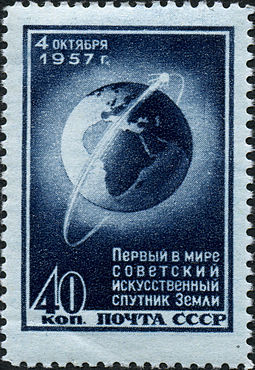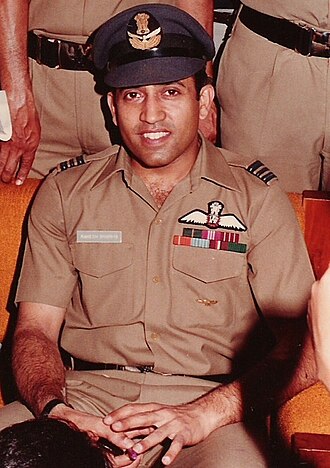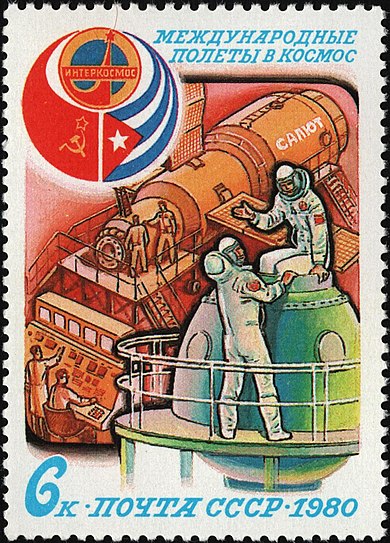On the 12th April, 63 years ago, Yuri Gagarin left our blue planet becoming the first human to orbit the earth in outer space. The brave cosmonaut instantly became an overnight sensation and celebrity during the peak of the space race between the United States and the Soviet Union.
The milestone in aviation was celebrated throughout the Soviet Union, as it opened new avenues and challenges in space exploration. Even today, this very special day is still celebrated and those cosmonauts and animals who sacrificed their lives for science are still remembered. Click here, to learn more about the first man who entered space.
See monuments and murals dedicated to space exploration in Transnistria, click here, to join a group or private tour.
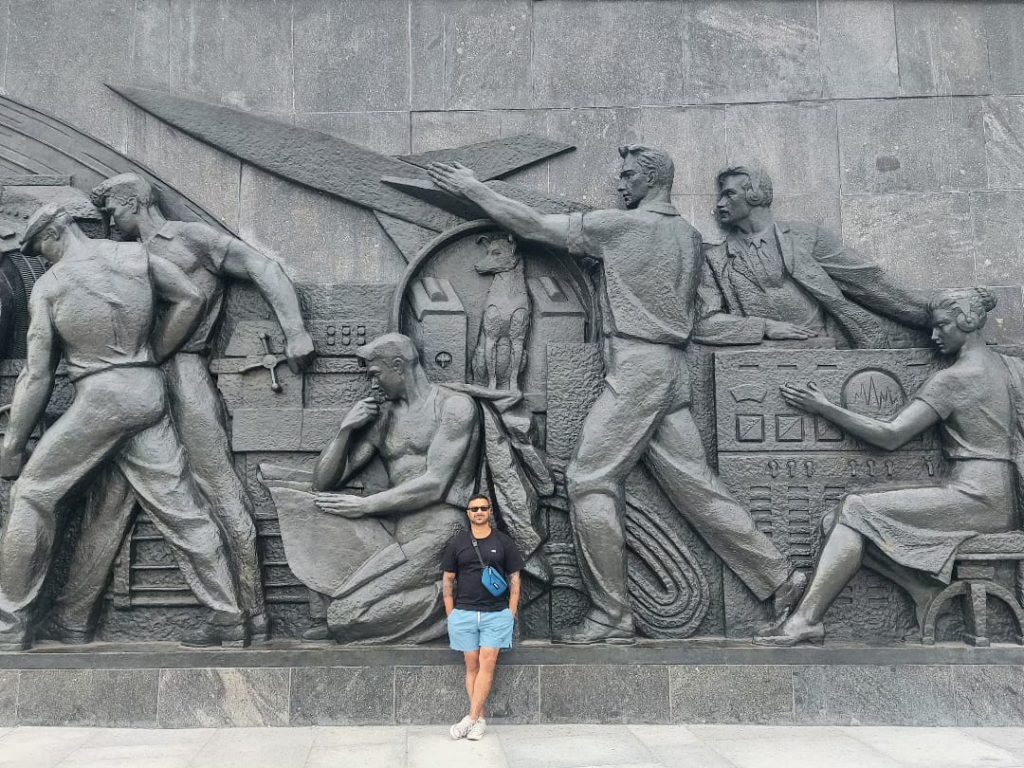
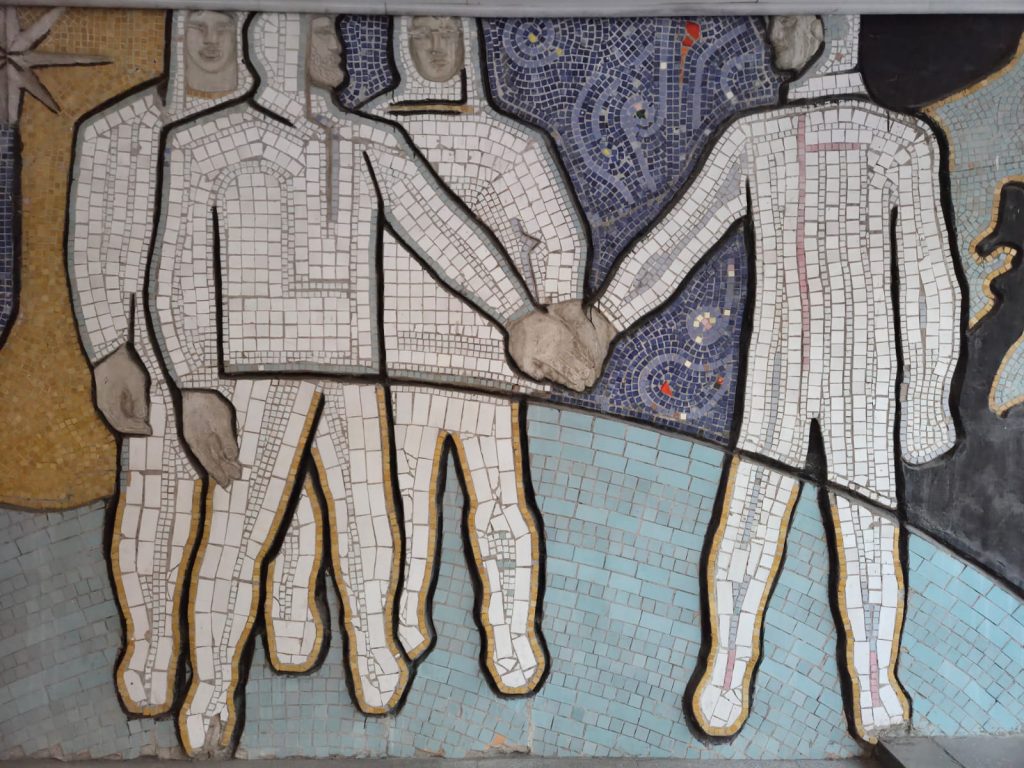
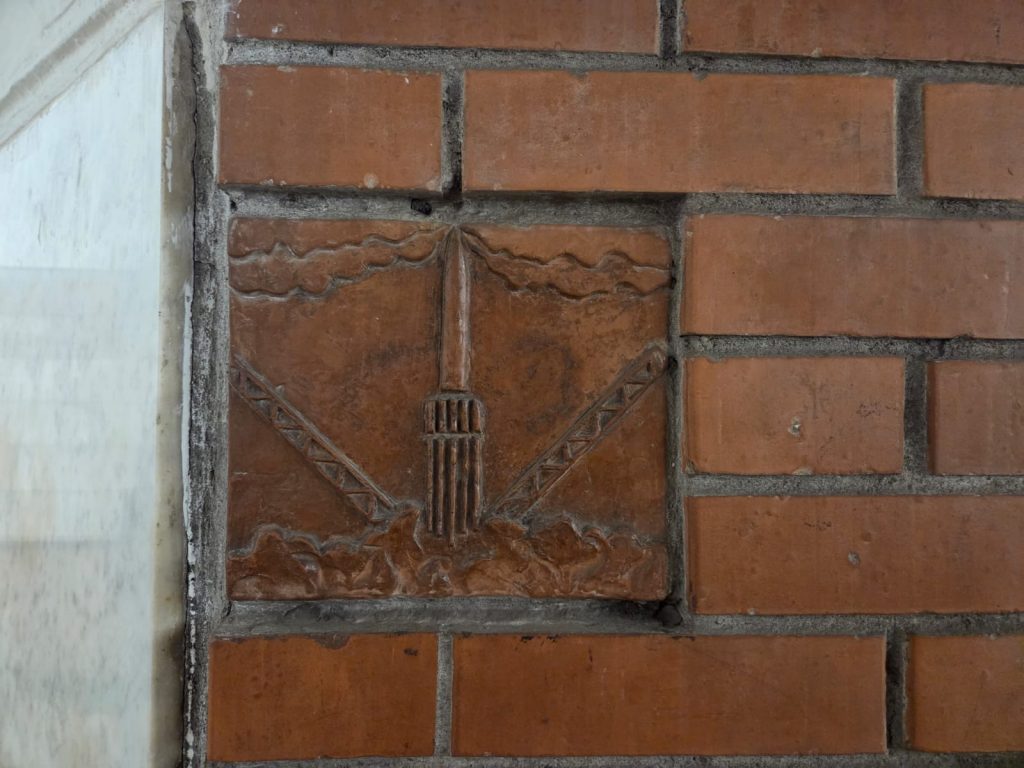
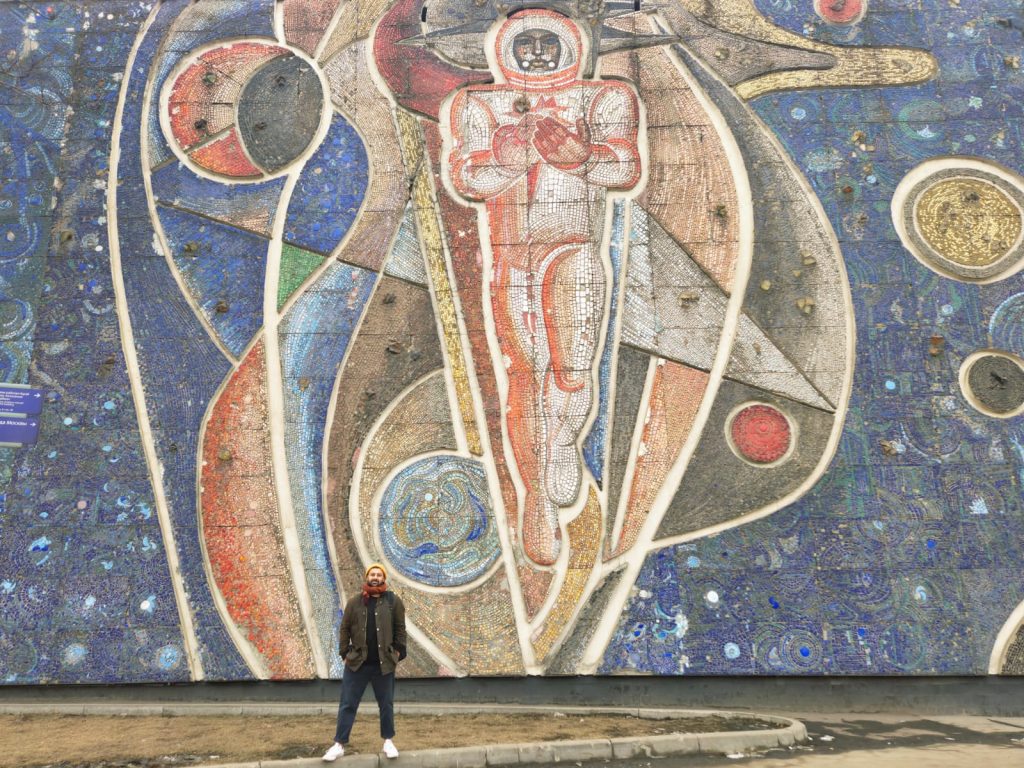
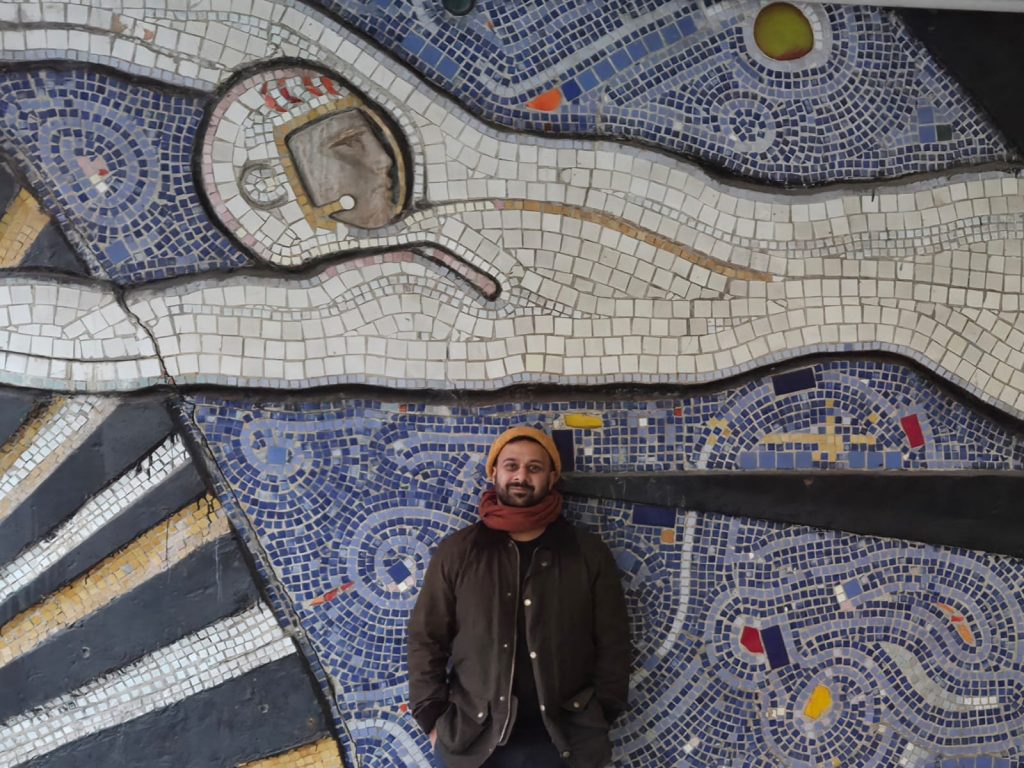
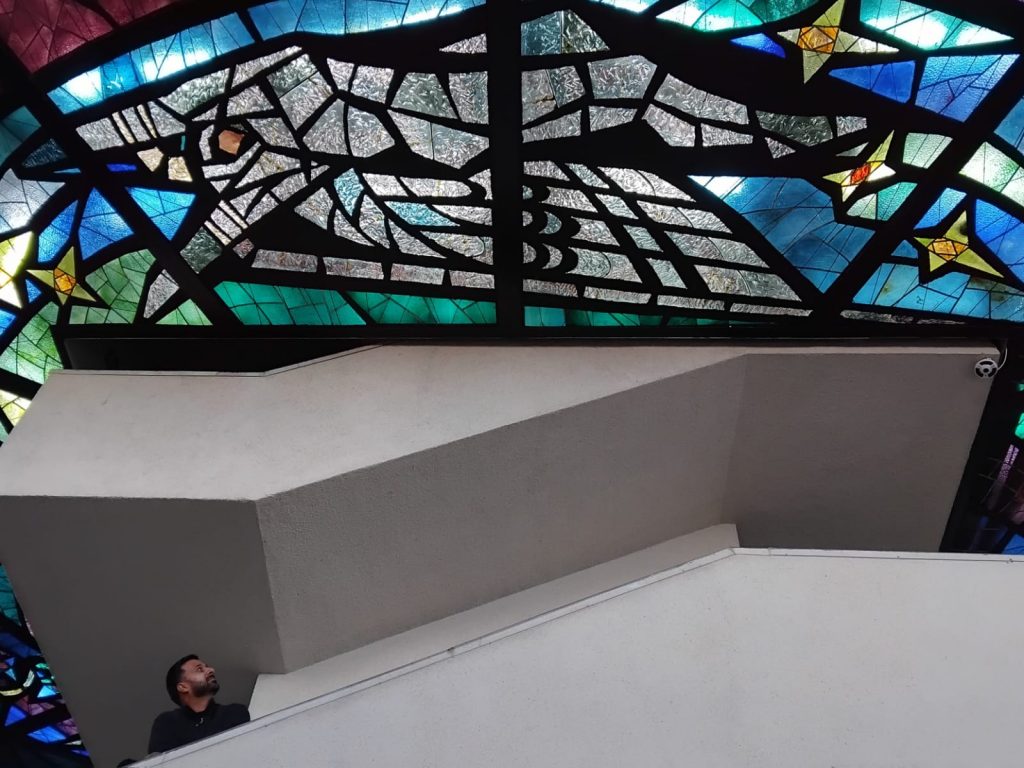
The Space Race – Capitalism vs Communism
Major technological advancements were achieved between the two Cold War rivals the capitalist United States and the communist Soviet Union. The rivalry brought manned space programs, artificial satellites, and robotic space probes to the moon. Although the origins can be directly pointed to the ballistic missile-based nuclear arms race and the scientific research from Nazi scientists from World War II.
The United States has always been seen as the winner of the space race, having Neil Armstrong and Buzz Aldrin walk on the moon during the Apollo 11 mission. NASA was transparent with its public space program with consistent failures while the Soviets succeeded.
Although the US military aspect was kept private like the entire Kosmicheskaya programma SSSR (Soviet space program), we’ll never truly know the true cost of space exploration from the Soviets.
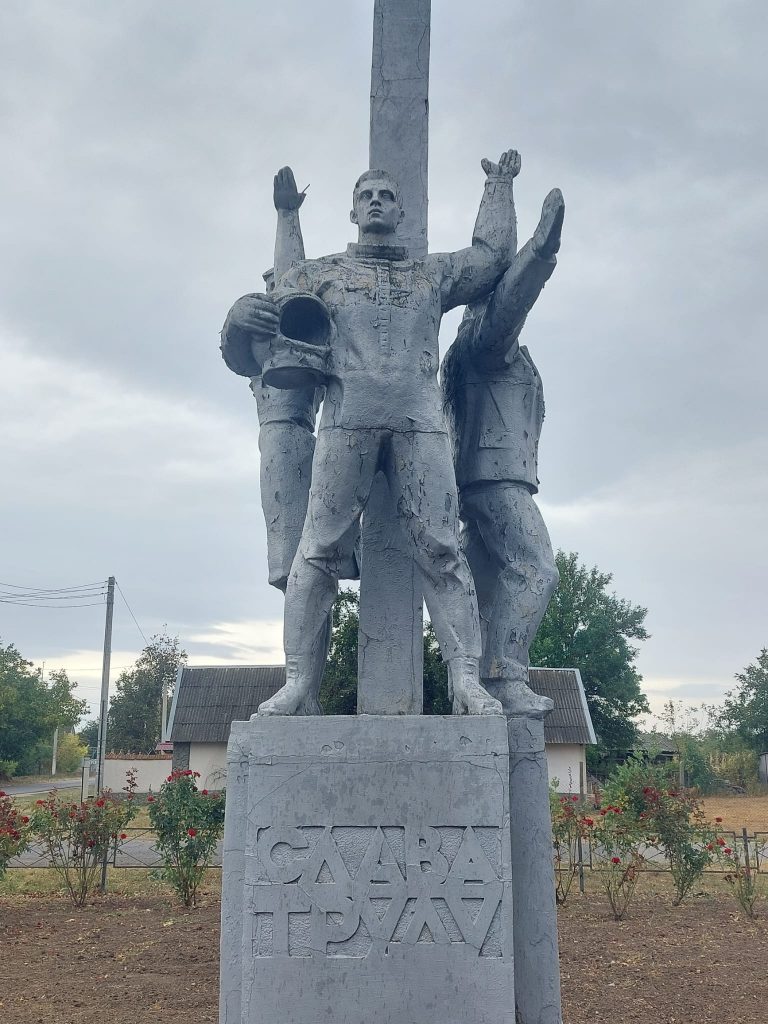
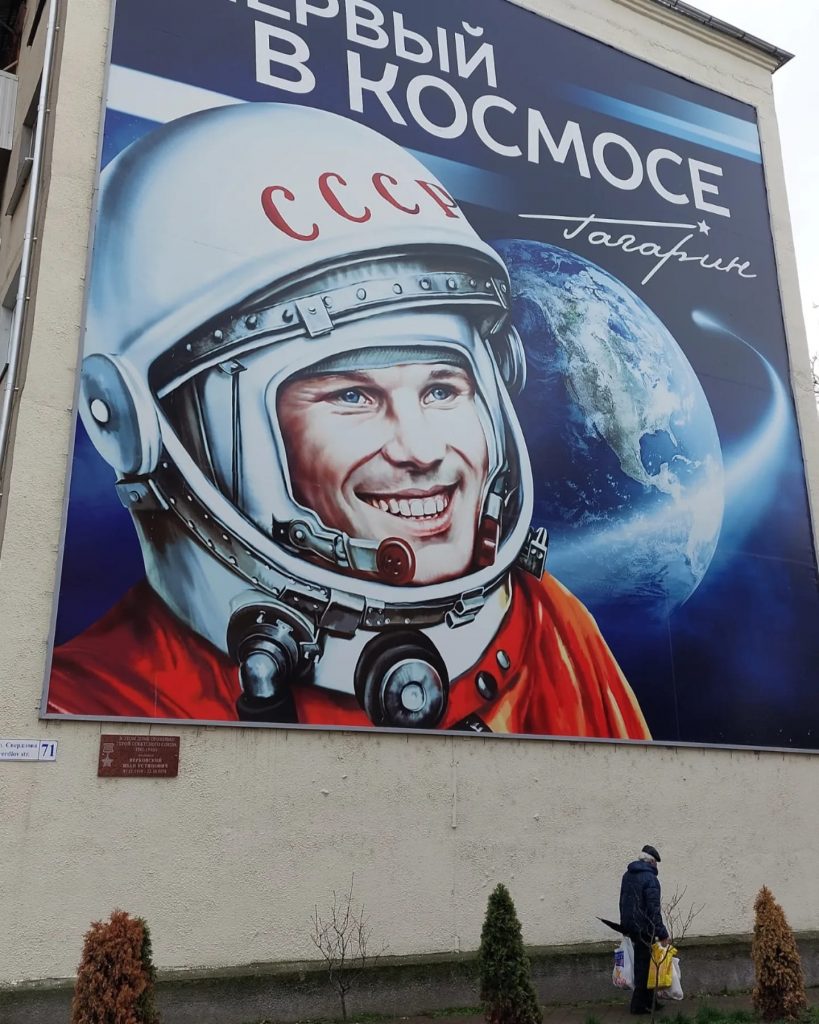
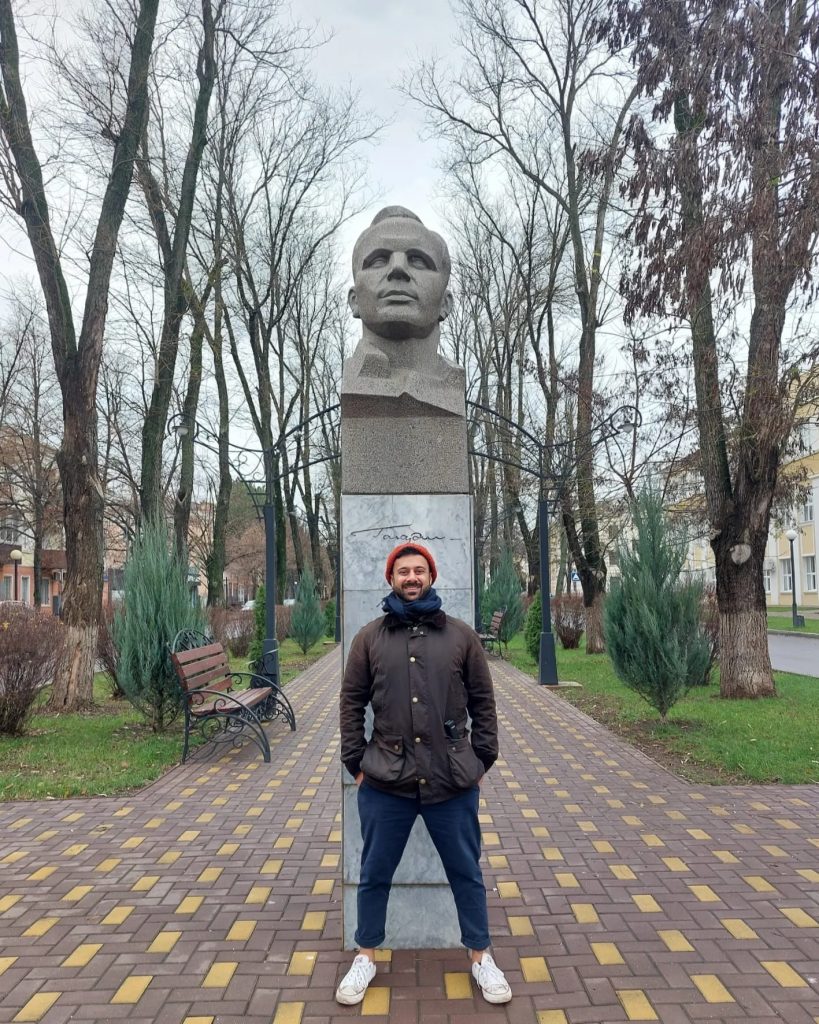
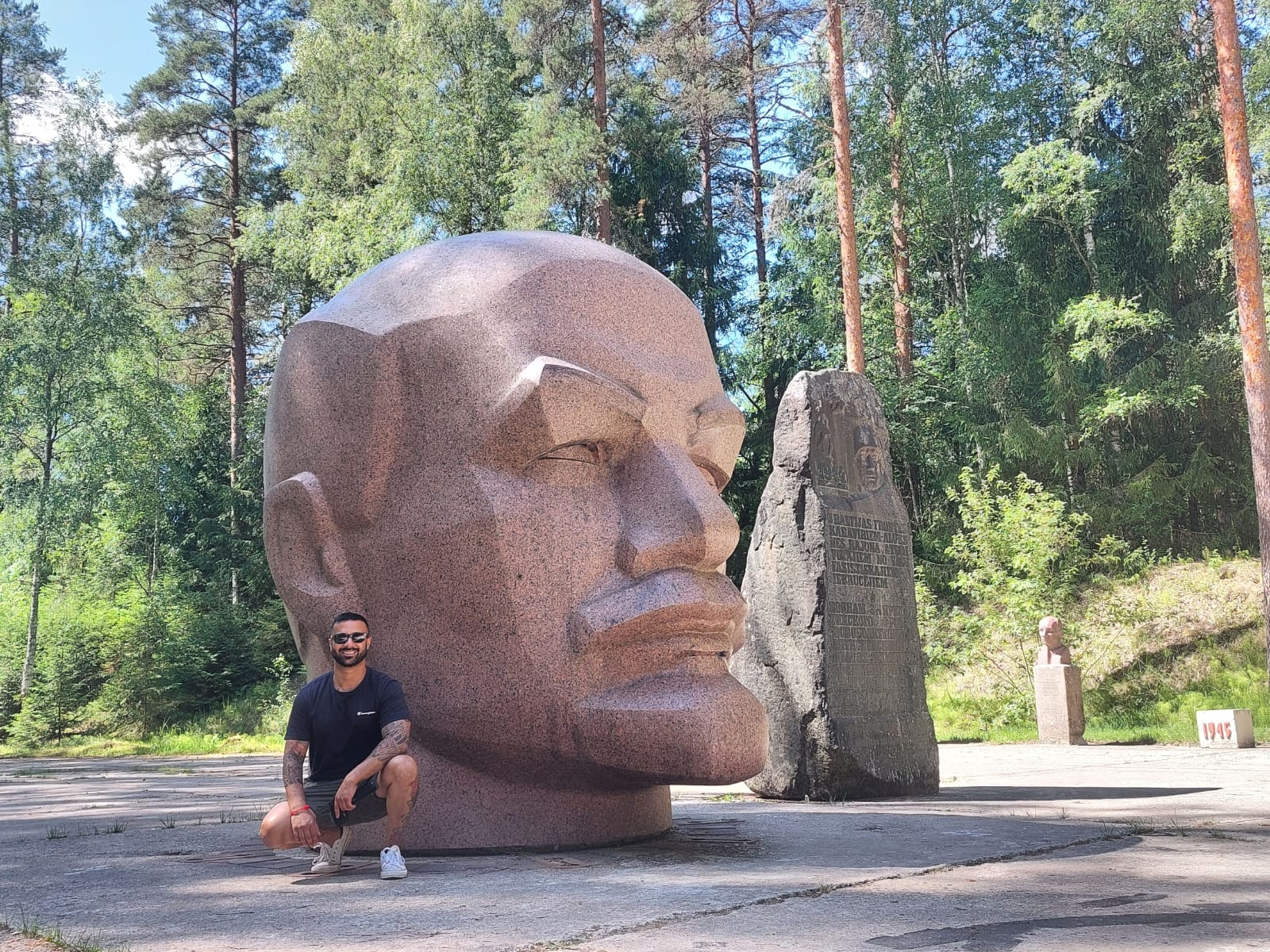
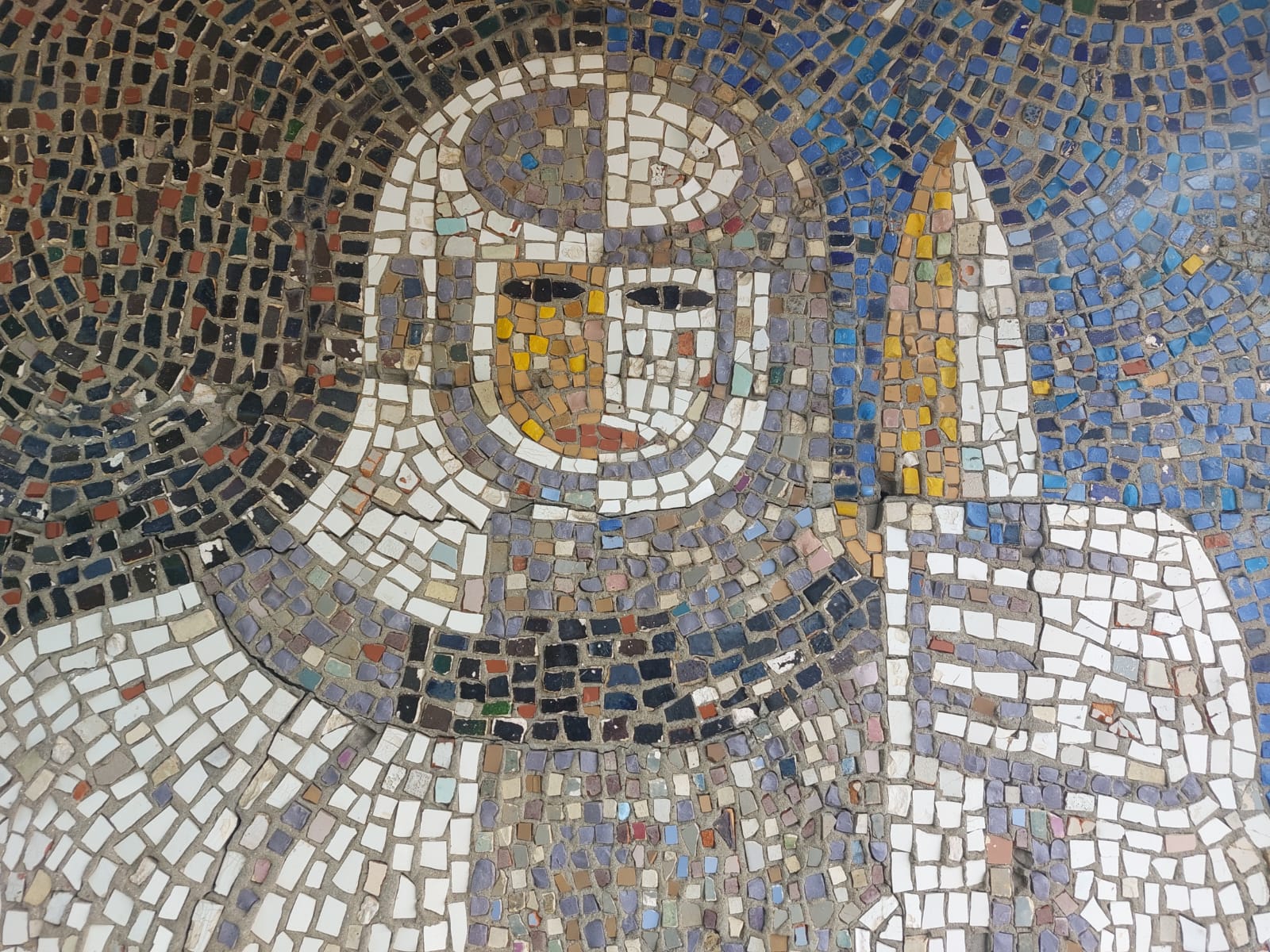
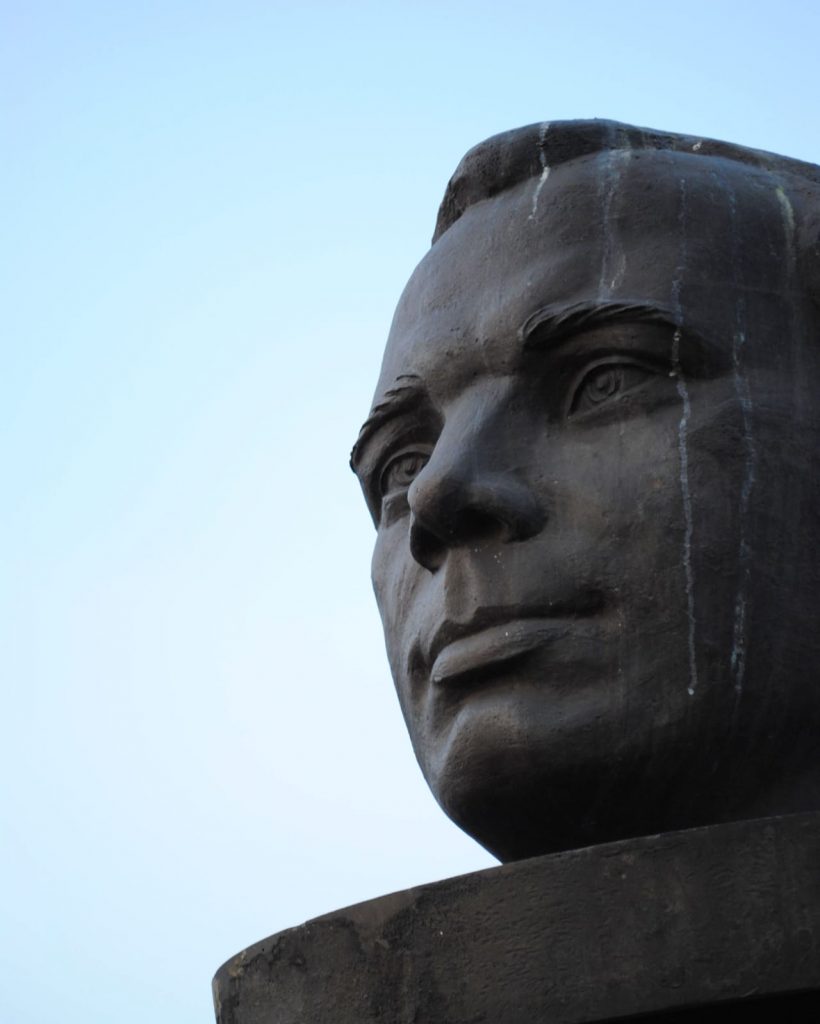
Join our Soviet Baltics Tour, to see the second largest Lenin head, situated on a ballistic missile silo in Latvia. Click here, to read the itinerary.
Soviet Space Achievements – The Pioneers of Space
There was one difference in terms of pioneering where the United States failed at the time, compared to the Soviet Union. These can be seen as major milestones, it was the Soviets who broke barriers by having Sputnik 1, Laika, Yuri Gagarin, Valentina Tereshkova, Arnaldo Tamayo Méndez, and Rakesh Sharma involved in space missions. Click here, to learn about the Soviets technological advancements in space exploration.
Sputnik 1
On the 4th of October 1957, the Soviets launched the first artificial Earth satellite in low Earth orbit (LEO). The satellite sent radio signals back to Earth for 3 weeks until its batteries were depleted. Ultimately Sputnik 1 fell back into the Earth’s atmosphere on the 4th January 1958. Widely celebrated in the Soviet Union as a breakthrough for space exploration the US questioned what else the Soviets could send to space.
Monuments dedicated to Sputnik 1, which means Satellite-One are found throughout the former Soviet Union including on Kyiv Metro Bridge, click here to see our tours to Ukraine.
Laika
The first animal was launched into space on 3rd November 1957, the Soviet space dog was flown aboard the Sputnik 2 spacecraft. Little was known about the effect of space travel for humans so it was necessary to send a living animal to monitor their vital signs during the space flight.
Laika was a stray from the street of Moscow, scientist deliberately chose stray dogs from the city as they would have endured cold weather and hunger. Three dogs were selected, Albina, and Mushka with Laika having the role of the space dog. The researchers and scientists knew she would be on a one way mission, a sacrifice for space exploration. Ultimately Laika passed away a few hours into the space flight from overheating.
Laika legacy lives on, she features on coins, and stamps, and is forever memorialized on Monument to the Conquerors of Space in Moscow. You can see the impressive monument on our tour of Moscow, click here, to read the itinerary. To learn more about the sad story of Laika, click here.
Yuri Gagarin
The charming and handsome cosmonaut was the first human to orbit the earth for 108 minutes. Traveling on Vostok 1 from Baikonur Cosmodrome on 12th April 1961. Gagarin instantly became a global sensation and became the face of the Soviet Union, something that the West was drawn to.
The modest son of a carpenter and dairy farmer working on a collective farm, it was Gagarin’s smile that attracted the West, unlike many other vital Soviet figures who are often portrayed as cold and stern. Even today, monuments, mosaics, and paintings of Gagarin are always smiling, including the huge mural found in Tiraspol, click here, to see our tours to Transnistria.
Valentina Tereshkova
A first for many achievements in space exploration Tereshkova still holds many records. On the 16th of June 1963, she became the first woman in space traveling on Vostok 6 on a solo space mission. She held the title as the youngest woman in space until 2023. Tereshkova remains as youngest woman to fly in Earth orbit and the only woman to have completed a solo space mission.
In early life, Tereshkova worked in a textile factory and was an amateur skydiver. She joined the Air Force branch as part of the Cosmonaut Corps, initially intended to fly on Vostok 5. Nikita Khrushchev saw the potential of Soviet propaganda having a female cosmonaut. Fondly being referred to as “Gagarin in a skirt” and maintaining a tradition set by Gagarin, Tereshkova also urinated on the bus tire.
It took NASA 20 years to have Sally Ride join the Space Shuttle Challenger mission. To read more about women of NASA, click here.
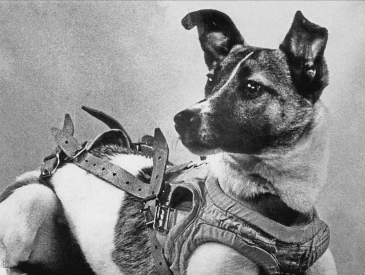
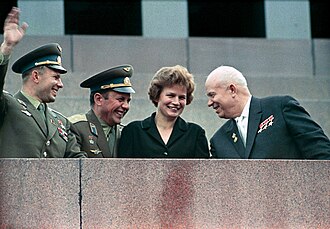
Arnaldo Tamayo Méndez
Tamayo was an orphan child and worked from the age of 13 as a shoeshine, and vegetable vendor and later as a carpenter’s assistant. He was influenced by the Cuban Revolution and joined the Association of Young Rebels. He aimed to become a fighter pilot enrolled in Cuban Revolutionary Armed Forces and completed an aerial combat course at an Air Force school in the Soviet Union at the age of 19.
During the Cuban Missile Crisis, Tamayo flew 20 reconnaissance missions vital for the Cubans and Soviets for intelligence. He was chosen for the Interkosmos, a program designed for the Soviets and their allies to work on space missions. On the 18th of September 1980, he became the first person of African heritage to enter space during the Soyuz 38 space flight. Click here, to see our tours in Cuba.
Rakesh Sharma
Sharma is a decorated Indian Air Force pilot having flown 21 combat missions during the Bangladesh Liberation War. He is also the first Indian to enter space alongside Soviet cosmonauts Yury Malyshev and Gennadi Strekalov on the Soyuz T-11 space expedition. Launching from Baikonur on the 3rd of April 1984, Sharma became the 3rd Asian to enter space following Phạm Tuan and Jugderdemidiin Gurragchaa.
Although there have been NASA astronauts of Indian origin, they have not been Indian citizens. Click here, to read more about India’s space ambitions.
Cosmonautics Day – A Celebration for Everyone
The Space Race between the United States and the Soviet Union was initiated from a 23-inch in diameter polished metal spheres with four external radio antennas which was launched into space. From here, goals and achievements for space explorations flourished with harsh lessons along the way.
Although the challenge was met with technological achievements the Soviets allowed other nations to be part of an exclusive club. It was the Soviet Union who launched the first satellite, animal, man, woman, black person, and Asian person into space. These achievements are still widely celebrated today, in the former Soviet Union. Click here, to join YPT in Soviet Europe.
